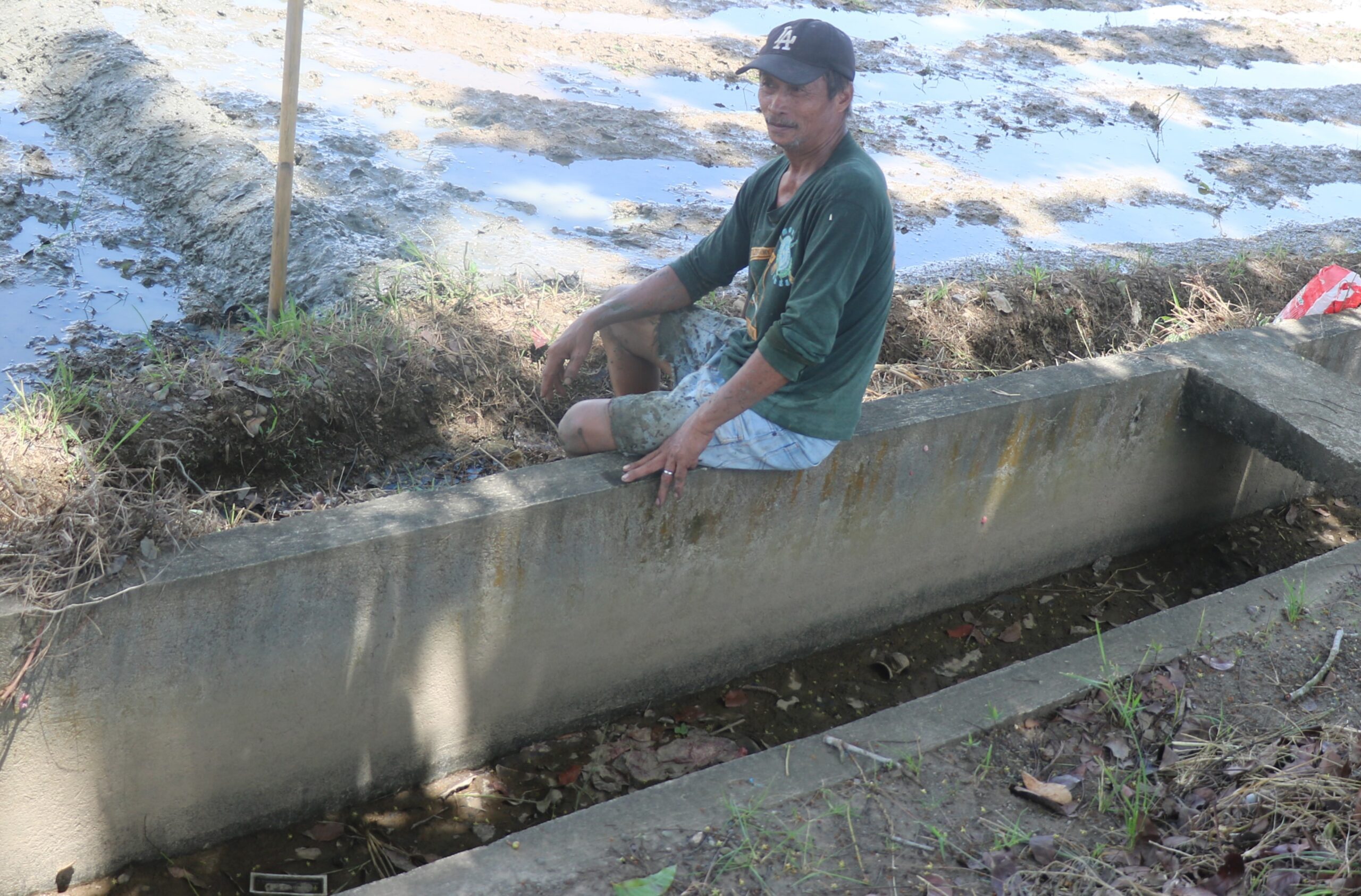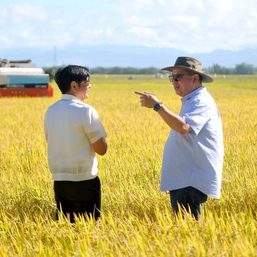SUMMARY
This is AI generated summarization, which may have errors. For context, always refer to the full article.

ZAMBOANGA DEL NORTE, Philippines – With its food production normally 5-7% short of its consumption, farmers here were urged to plant early and to allocate 200 hectares to produce rice and corn seeds if the province has to survive the adverse effects of the looming El Niño phenomenon.
“That’s our two-pronged approach, early planting and buffer seeds production,” said provincial agriculturist Maybel Cruz Bustalino, who added that the seeds have already reached the field for early planting.
She also told leaders of the province’s 25 municipalities and two cities to devote five or more hectares for buffer rice and corn seeds production.
Earlier, the Office of the Civil Defense (OCD) warned the newly created Task Force El Nino that based on its data in the past two years, Zamboanga del Norte is likely to bear the brunt of adverse climate effects including that of the El Nino phenomenon.
The station chief of Philippine Atmospheric Geophysical and Astronomical Agency (PAGASA) Dipolog, April Love Castillon, said that El Nino phenomenon is the abnormal increase of temperature in the southern Latin American side of the Pacific Ocean.
She told Rappler on Thursday, May 25, that El Nino occurs every two to seven years and it affects global climate.
In the Philippines, its effects include the increased likelihood of below-normal rainfall that may bring droughts. However, it may also bring above-normal rainfall conditions in the western part of the country during southwest monsoon or habagat.
Castillon however denied that the high heat index that has been felt in Zamboanga de Norte from April and most likely until June is not associated with El Nino.

“Our temperature during these months are normally high at an average of 37.4 degrees Centigrade, but the high heat index reaching to 48 degrees centigrade is caused by urban heat island effect, in which urban areas get warmer because of human activity; by global warming; and by the fact that we are near the equator,” Castillon said.
Yet from next month to November, she said we can expect 11 to 14 more typhoons though only two or three of these may get near or directly hit Zamboanga del Norte because the track of typhoons is usually going up.
Bustalino hoped that Zamboanga del Norte would just get enough rainfall before El Nino to help farmers as she revealed that only about 7,000 hectares of the province’s rice fields were irrigated.
“I’m worried particularly at the other 17,000 hectares of rice fields and 2,000 hectares of other farms that were non-irrigated, which are highly vulnerable to the effects of El Nino,” Bustalino said.
But 61-year-old farmer Lito Dino is even more worried because irrigation water has not reached his rice field for several months now, and he was already relying on rainfall.
“Dili na kuno kasaka ang tubig sa irigasyon, hinay na kuno ang tubig sa suba, maayo na lang miulan gamay gabii nasalibuan ra akong similya sa humay (They said irrigation water could no longer go up to our rice fields, the river is getting weak, it’s good it rained last night that watered my rice seedlings),” he told Rappler on Friday, May 26.
Dino, who has been a farmer on a rented rice field all his life, said he will be planting his rice seedlings in two weeks and hoped he will be successful this cropping to help him survive the El Nino.
Meanwhile, Bustalino said the provincial government has been helping farmers put up solar-powered and fuel driven irrigation pumps, but these were only for non-irrigated areas so that water reduction in farms caused by El Nino will just be about 10%.
“But if all our preparations won’t succeed, God forbid, El Nino will cause us a billion-peso worth of agricultural products. I’m not scaring anyone, I’m just saying we have to prepare,” she said.
Zamboanga del Norte was in 2015 the poorest province in the Philippines, according to the National Statistical Coordination Board. In 2012, the largely agricultural province went up to the 5th poorest with 50.3% poverty incidence. – Rappler.com
Add a comment
How does this make you feel?


![[ANALYSIS] How one company boosts farmer productivity inside the farm gate](https://www.rappler.com/tachyon/2024/06/bioprime-farmgate-farmer-productivity-boost.jpg?resize=257%2C257&crop=465px%2C0px%2C1080px%2C1080px)










There are no comments yet. Add your comment to start the conversation.